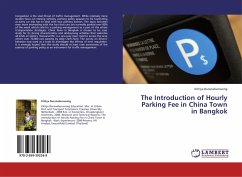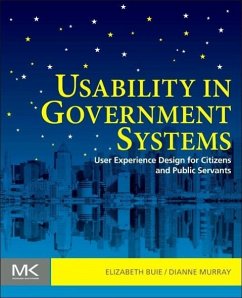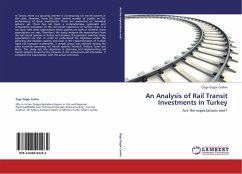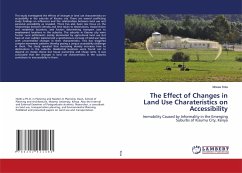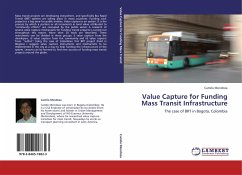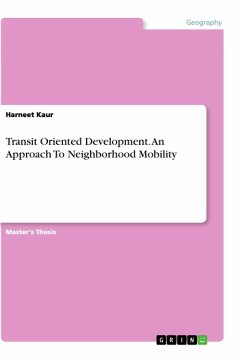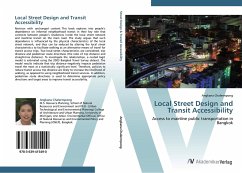
Local Street Design and Transit Accessibility
Access to mainline public transportation in Bangkok
Versandkostenfrei!
Versandfertig in 1-2 Wochen
32,99 €
inkl. MwSt.

PAYBACK Punkte
16 °P sammeln!
Revision with unchanged content. This book explores into people s dependence on informal neighborhood transit in their key role that connects between people s residences inside the local street network and mainline transit on the main road. The study argues that such dependence is influenced by the physical characteristics of the local street network, and thus can be reduced by altering the local street characteristics to facilitate walking as an alternative means of travel for transit access trips. Two local-street characteristics are considered, trip distance and pedestrian route directness ...
Revision with unchanged content. This book explores into people s dependence on informal neighborhood transit in their key role that connects between people s residences inside the local street network and mainline transit on the main road. The study argues that such dependence is influenced by the physical characteristics of the local street network, and thus can be reduced by altering the local street characteristics to facilitate walking as an alternative means of travel for transit access trips. Two local-street characteristics are considered, trip distance and pedestrian route directness (the ratio of trip distance and straight-line distance). To investigate the relationships, a nested logit model is estimated using the 2003 Bangkok Travel Survey dataset. The model results indicate that trip distance negatively impacts pedestrian travel the most at a statistically significant level. Therefore, policies to reduce transit access trip distance are likely to increase the likelihood of walking, as opposed to using neighborhood transit services. In addition, pedestrian route directness is used to determine appropriate policy directions and target areas to improve transit accessibility.




